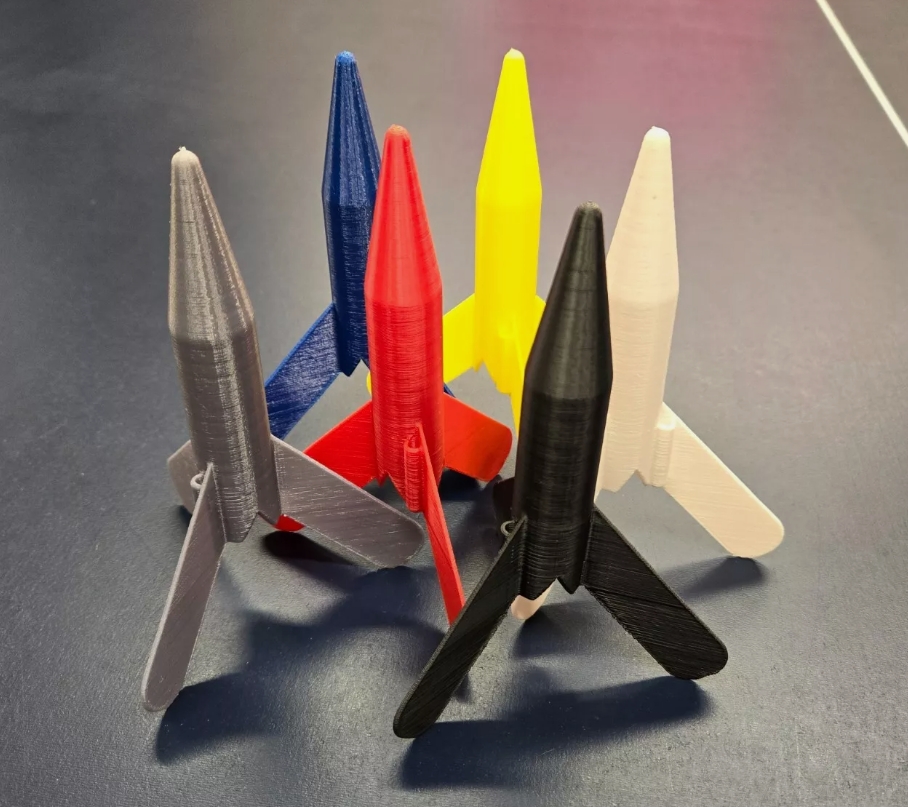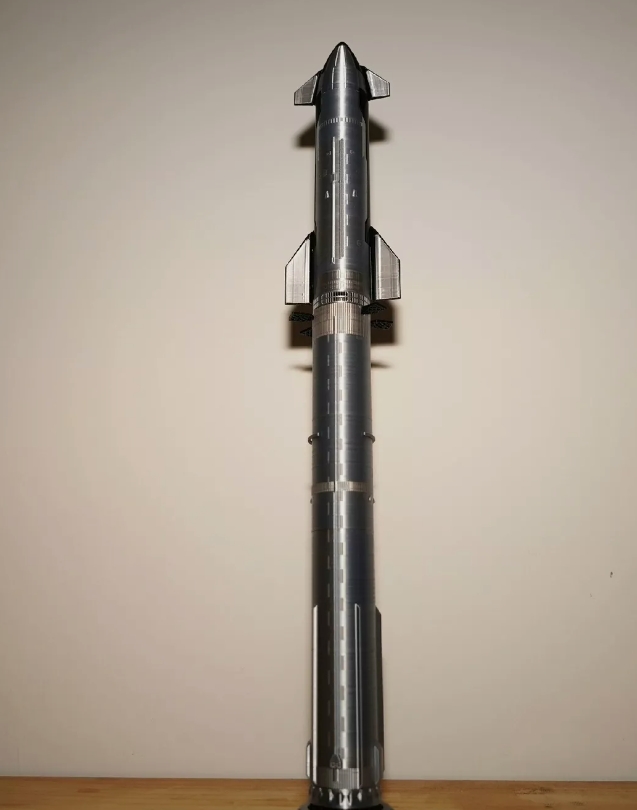As a popular model toy, the rocket model not only attracted space enthusiasts, but also sparked widespread interest in the principles of science and engineering. Its design and construction usually simulate the structure of a real rocket, so that participants can experience the charm of space technology by making and launching models by themselves.
The basic structure of the rocket model includes the fuselage, engine, tail fin and tail nozzle. The airframe is usually made of lightweight materials to reduce weight and thus improve flight performance. The engine is the rocket's power source, using chemical fuels or pneumatic devices to generate thrust and propel the rocket into the air. The design of the tail not only provides directional control, but also helps to increase flight stability. Through the rational design and assembly of these components, the rocket model can show amazing flight effects in the air trajectory.
The process of building a model rocket is a comprehensive engineering that combines physics, engineering and art. During the production process, participants need to master basic physical concepts such as lift,gravity, thrust and drag, and understand how to optimize flight performance by improving the design. For example,changing the length of the fuselage,adjusting the Angle of the tail,or choosing a different type of engine can significantly affect the flight path and altitude of the rocket.
In addition,the process of launching the model rocket is full of fun and surprises. Pre-launch preparations include checking the connection of various components and ensuring the ignition safety of the engine. At the moment of launch,the rocket rises into the air in a beautiful arc of flames,a challenge not only to the laws of man-made physics,but also to the pursuit of scientific exploration.




